As dawn breaks across the horizon, a symphony begins—not of instruments, but of feathers and beaks. Morning songbirds create one of nature’s most enchanting performances, yet many bird enthusiasts and casual observers alike miss the nuanced patterns that govern this daily concert. Beyond the simple advice to “wake up early,” there exists a fascinating world of timing, behaviors, and environmental factors that influence when and how birds vocalize. Whether you’re a dedicated birder seeking the perfect observation moment or simply someone who appreciates nature’s melodies, understanding the hidden rhythms of avian activity can transform your bird-watching experience from occasional pleasure to consistent delight.
The Dawn Chorus Phenomenon Explained
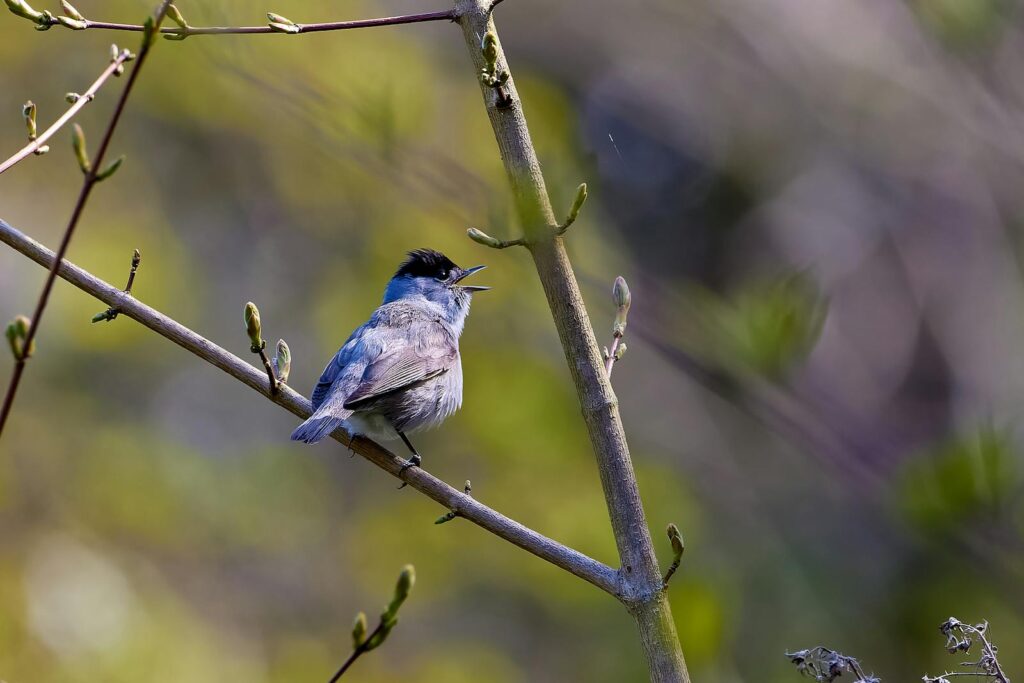
The “dawn chorus” refers to the simultaneous singing of multiple bird species in the early morning, creating a natural symphony that peaks around sunrise. This isn’t merely a pleasant coincidence but rather an evolutionary strategy that serves multiple purposes in the avian world. Birds sing most vigorously at dawn because sound travels farther in the cool, still morning air, allowing their territorial claims and mating advertisements to reach intended audiences more effectively. Additionally, darkness limits feeding opportunities for most songbirds, making dawn an ideal time to focus energy on communication before dedicating the rest of daylight to foraging. Research has shown that the dawn chorus follows predictable patterns of species succession, with each type of bird typically beginning its song at specific intervals before or after sunrise.
The “False Dawn” Advantage Most Birders Miss
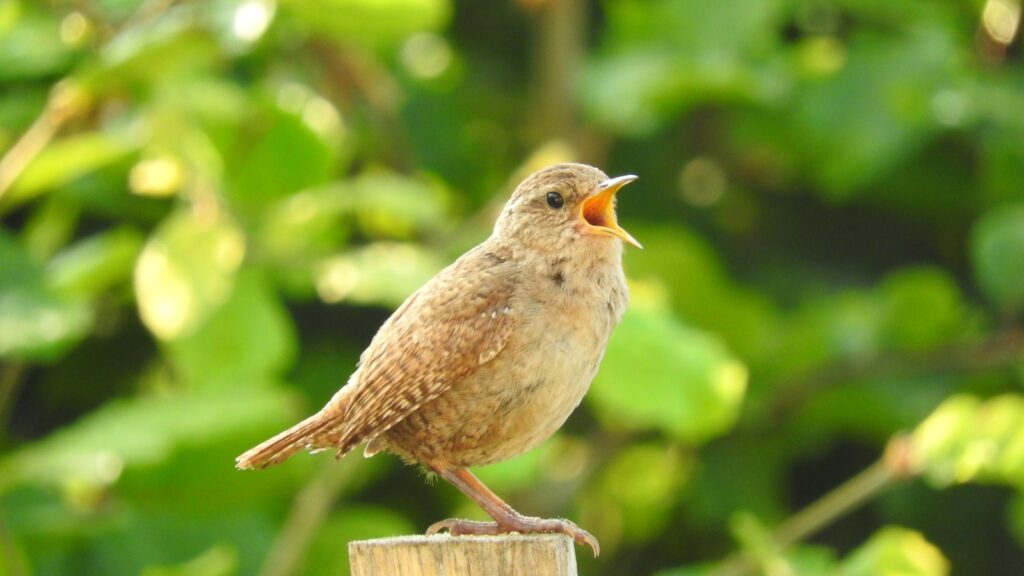
While many bird enthusiasts set their alarms for sunrise, they’re actually missing a critical window of avian activity that occurs during what ornithologists call “false dawn” or astronomical twilight. This period occurs roughly 30-60 minutes before civil twilight (when the sun is 6 degrees below the horizon) and features the earliest singers of the dawn chorus. Species such as American Robins, Eastern Whip-poor-wills, and certain thrushes often begin their vocalizations during this deep blue period when the human eye can barely distinguish shapes. During false dawn, the earliest singers face less acoustic competition from other birds and ambient noise, making this period ideal for hearing rare or shy species that might be drowned out during peak chorus time. Experienced birders often arrive at their observation spots during complete darkness to position themselves for this magical yet frequently overlooked window of opportunity.
The Seasonal Timing Shift Few Realize
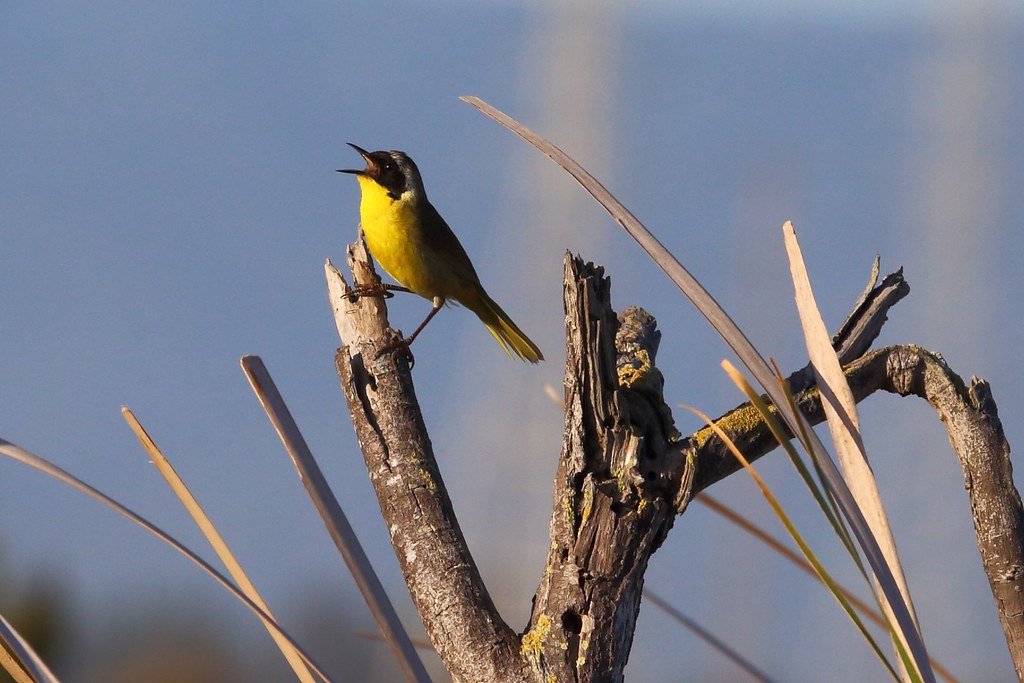
The optimal time to hear morning songbirds shifts dramatically throughout the year, following patterns that many casual observers never recognize. During late spring and early summer (breeding season), birds begin singing significantly earlier, sometimes starting their chorus a full 90 minutes before sunrise in northern latitudes. As summer progresses and days lengthen, the dawn chorus actually starts earlier in absolute clock time but later relative to sunrise. By contrast, fall and winter bring later start times and significantly reduced singing, with some days featuring almost no dawn chorus at all in temperate regions. This seasonal variation is directly tied to hormone levels influenced by daylight duration, with longer days triggering increased testosterone in male birds that drives more intense and earlier singing behaviors. Understanding these seasonal shifts allows dedicated observers to perfectly time their bird-watching excursions throughout the year.
The Weather Factor’s Complex Impact
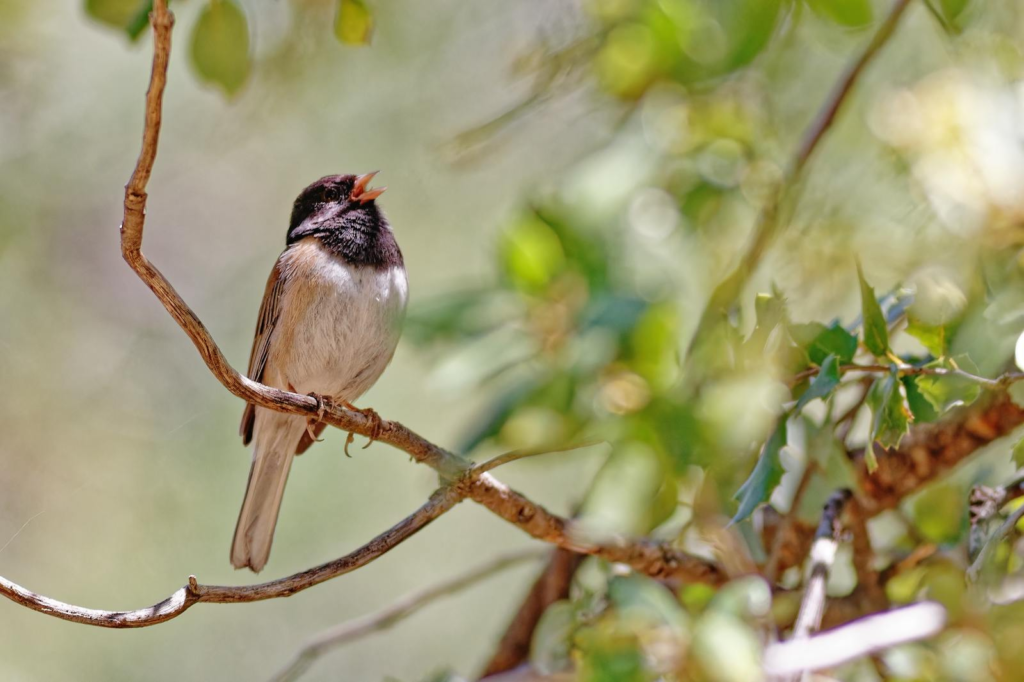
Weather conditions influence morning bird song in ways far more sophisticated than the simple assumption that “bad weather means less singing.” While heavy rain and strong winds do indeed suppress singing activity, light precipitation can actually extend singing duration by cooling the morning air and delaying temperature rise. Fog particularly enhances acoustic transmission for certain frequencies, creating ideal conditions for hearing distant birds though visual observation becomes challenging. Temperature inversions, where cooler air is trapped beneath warmer air, create exceptional sound-carrying conditions that make dawn choruses particularly spectacular on crisp, clear mornings following overnight cooling. Perhaps most surprisingly, impending storms often trigger intense pre-dawn singing as birds attempt to complete their communication needs before weather conditions deteriorate, creating some of the most magnificent chorus events for observers who brave threatening skies.
The Species Succession Timeline
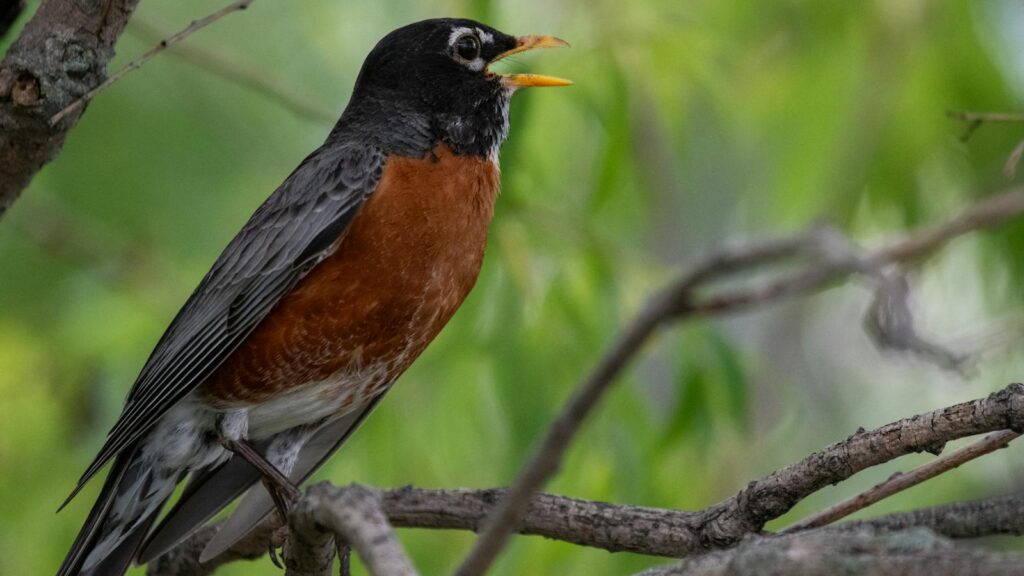
The dawn chorus follows a remarkably predictable sequence of species that ornithologists have carefully documented across various habitats. This timeline begins with “starter species” like American Robins and Song Sparrows that consistently begin singing 60-80 minutes before sunrise regardless of season. These early singers are followed by thrushes, warblers, and finches in a sequence that correlates with each species’ visual acuity and foraging style. Ground-feeding birds typically start earlier than canopy feeders, likely because ground foragers cannot begin feeding until sufficient light allows them to see food items. The sequence concludes with late risers like cardinals, chickadees, and titmice, which may begin their songs just minutes before or even after sunrise. Understanding this succession allows birders to target specific species by timing their listening sessions to match each bird’s preferred position in the morning chorus timeline.
The Moon Phase Connection
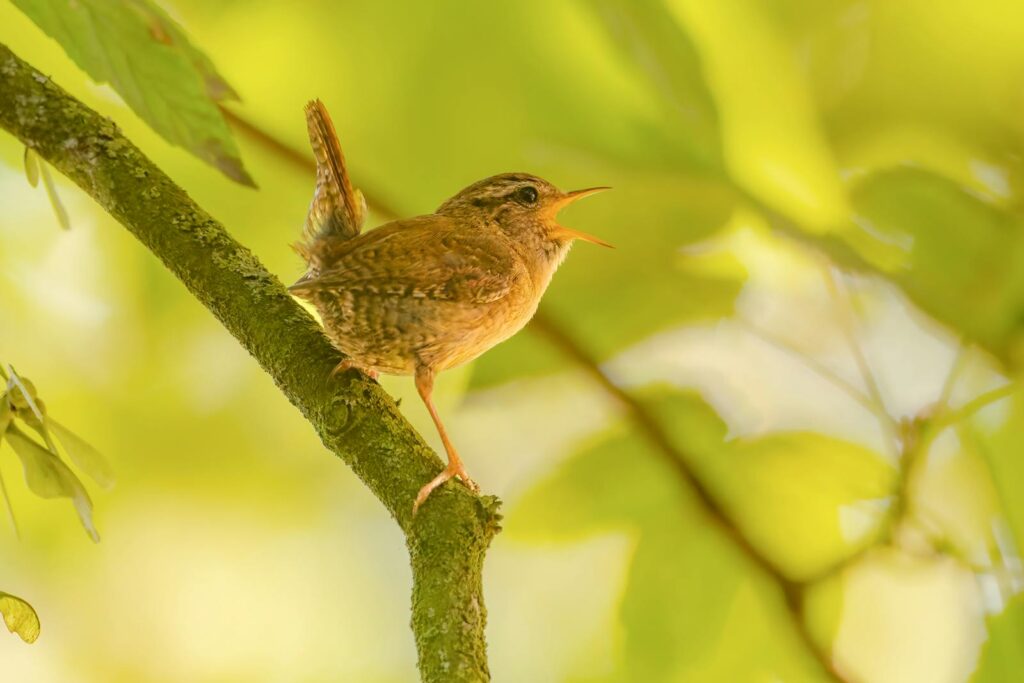
The lunar cycle exerts a surprising influence on morning songbird activity that researchers have only recently begun to document comprehensively. Birds sing earlier and with greater intensity during periods of full or near-full moons, particularly on clear nights when moonlight illuminates the landscape. This “moonlight effect” is especially pronounced in species that are partially nocturnal or crepuscular, such as mockingbirds, thrushes, and certain warblers. The extended singing window appears to result from birds perceiving the additional light as an early dawn signal, triggering their hormonal singing responses prematurely. Some species, like the Eastern Whip-poor-will and Chuck-will’s-widow, may sing continuously through the night during full moon periods, creating a rare opportunity for nighttime bird vocalization observation. Savvy birders now consult lunar calendars alongside weather forecasts when planning prime morning observation sessions.
Urban vs. Rural Timing Differences
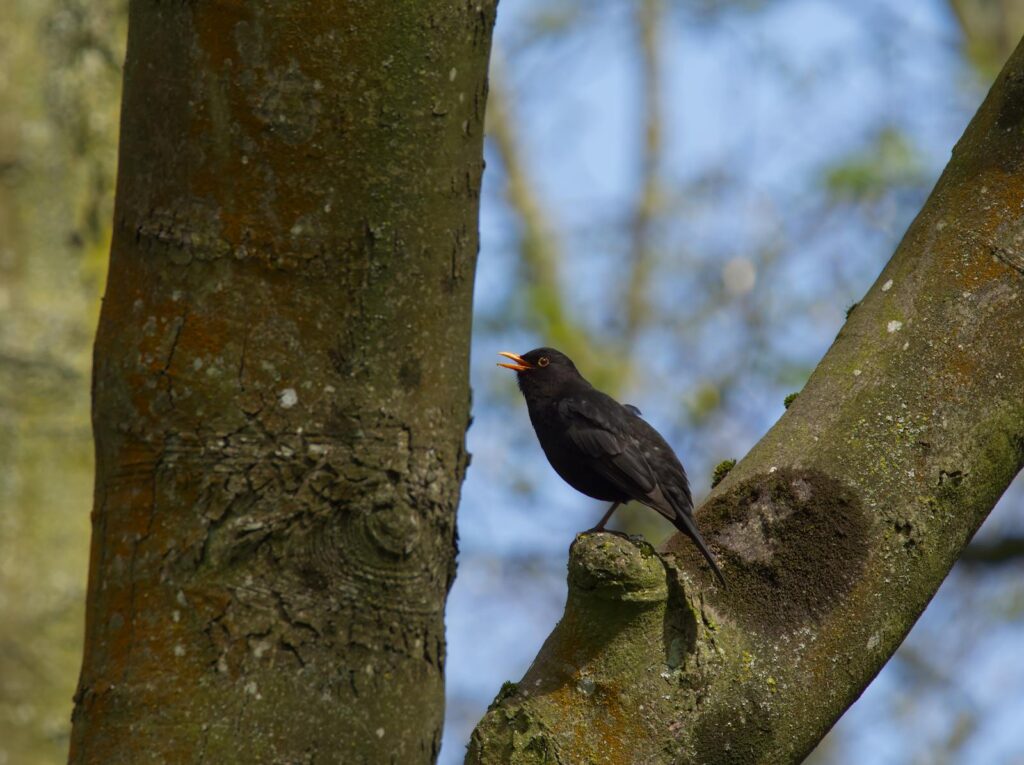
Birds in urban and suburban environments have demonstrably different singing schedules than their rural counterparts, creating a fascinating natural experiment in behavioral adaptation. Urban birds typically begin singing up to 30 minutes earlier than the same species in rural settings, an adaptation believed to help them communicate before city noise levels rise with morning traffic and human activity. This phenomenon, well-documented in European Robins, Great Tits, and American Robins, suggests remarkable behavioral plasticity as birds adjust to human-dominated landscapes. Additionally, urban birds often extend their singing season longer into summer and fall, possibly due to artificial light extending perceived daylight hours and altering hormone cycles. Light pollution in cities has effectively created new ecological niches for early-singing species, while driving away those that require darkness cues for proper circadian rhythms—information critical for urban birders attempting to time their observation sessions.
The “Second Chorus” Phenomenon
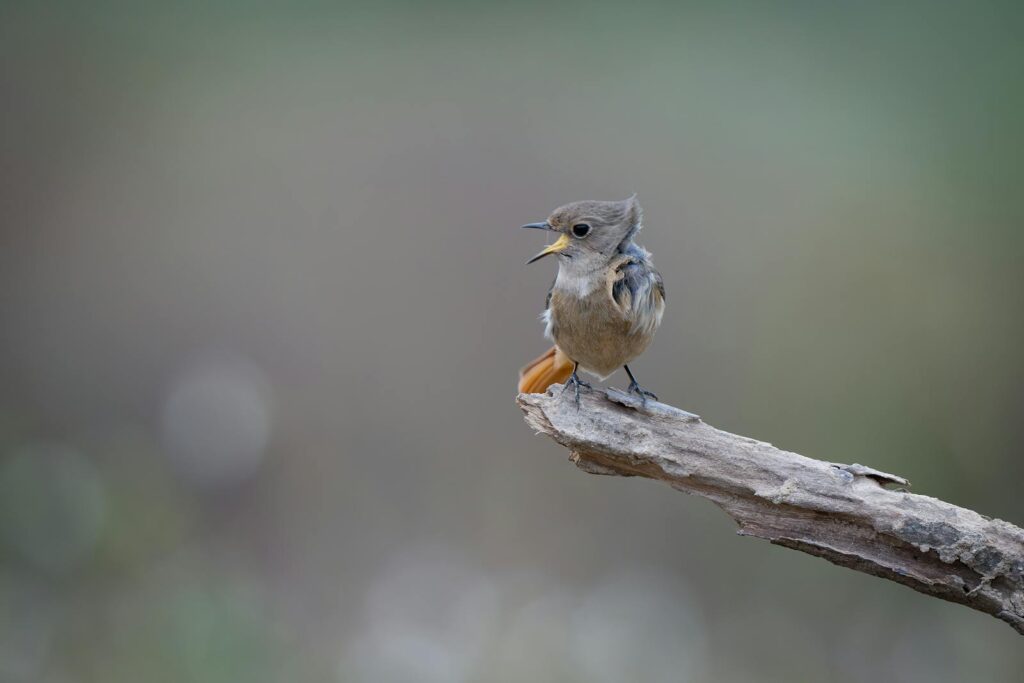
While the dawn chorus receives deserved attention, many birders remain unaware of the “second chorus” that occurs approximately 30-45 minutes after sunrise. This secondary peak of singing activity features species that were silent or minimal participants during the primary dawn chorus. The second chorus often includes vireos, later-singing warblers, and tanagers that prefer full sunlight conditions before becoming vocally active. This phenomenon appears related to feeding patterns, as some species prioritize their initial morning foraging before dedicating energy to territorial singing. The second chorus provides an excellent opportunity for birders who prefer slightly later morning outings, particularly in spring when this secondary peak can last for hours in some locations. Interestingly, the second chorus typically features more song variety but less overlapping cacophony than the dawn chorus, making it preferable for listeners attempting to distinguish and learn individual bird songs.
The Elevation Timing Effect
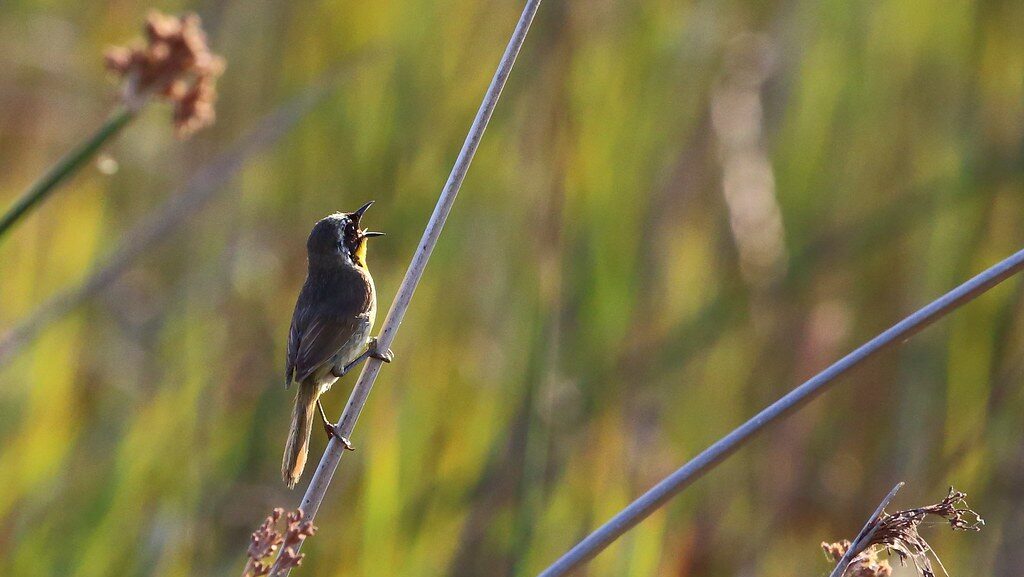
Elevation creates remarkable differences in dawn chorus timing that create opportunities for the strategic birder to experience multiple peak choruses in a single morning. For every 1,000 feet of elevation gain, the dawn chorus typically begins approximately 5-7 minutes later, creating a cascading effect on mountainsides where the chorus begins at the base and gradually “climbs” the slope. This elevation effect relates to temperature gradients and light availability, with valleys and lowlands warming earlier than mountain slopes and peaks. Knowledgeable birders in mountainous regions exploit this phenomenon by starting at lower elevations before sunrise and gradually ascending, effectively “chasing” the dawn chorus upslope and experiencing multiple peaks of bird activity. Additionally, mountain-dwelling species often sing for longer durations than their lowland counterparts, possibly to compensate for the challenging acoustic environment created by terrain features and thinner air at higher elevations.
The “First Five Minutes” Theory
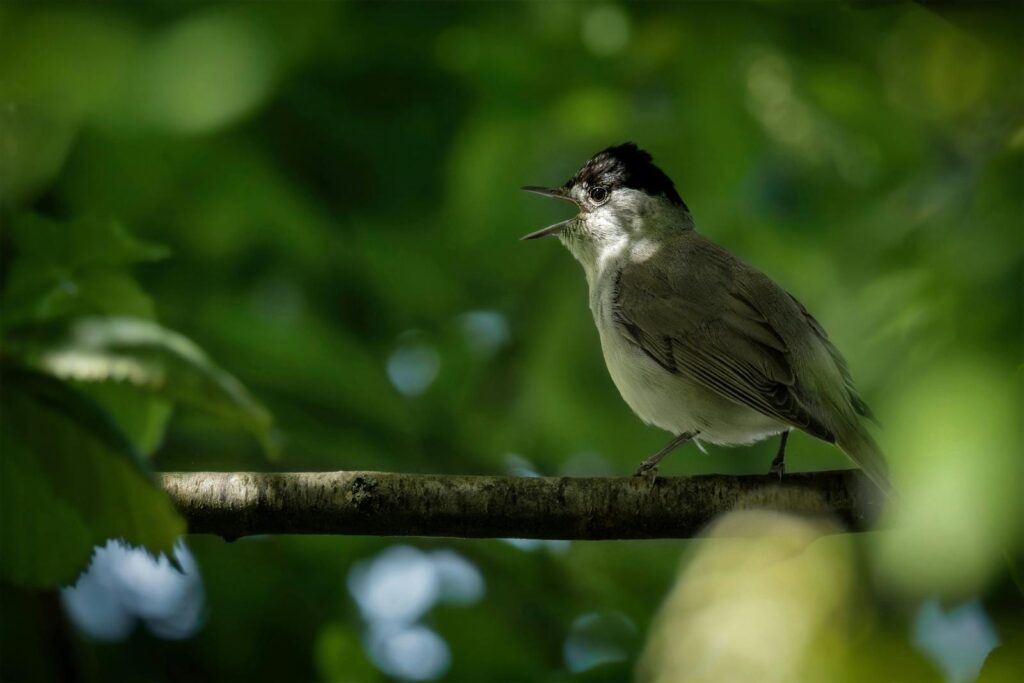
Ornithologists have documented a fascinating pattern in morning bird vocalizations known as the “first five minutes effect,” where certain species sing songs of greater complexity and range during the initial moments of their daily vocal performance. This phenomenon appears particularly pronounced in mockingbirds, thrushes, and certain warbler species, which may include unique syllables and passages during their first songs that aren’t repeated later in the day. These enhanced initial performances suggest birds begin with their full vocal repertoire before settling into more routine territorial declarations. The effect creates a compelling reason for birders to arrive before a target species begins singing, as missing these opening performances means missing potentially rare vocal behaviors. Some researchers theorize this pattern reflects overnight physiological recovery of vocal muscles, while others suggest it represents a peak hormone-driven motivation that gradually diminishes throughout the morning.
The Habitat Edge Advantage

The boundaries where different habitat types meet—forest edges, riparian corridors, meadow-woodland transitions—offer extraordinary advantages for morning bird observation that go beyond simple species diversity. These edge environments experience unique acoustic properties during dawn hours, with temperature and humidity gradients creating sound channels that can amplify bird vocalizations from both adjoining habitats. Edge locations typically experience earlier warming from morning sunlight, triggering earlier insect activity that attracts feeding birds and stimulates singing behavior. Studies show that territory-holding males in edge environments often sing more frequently and with greater intensity than their same-species counterparts in habitat interiors, likely due to increased territorial competition in these biodiversity hotspots. For morning birders, positioning at habitat boundaries during the dawn chorus can increase detectable species counts by 30-40% compared to single-habitat observation points, essentially providing access to multiple dawn choruses simultaneously.
The Surprising Impact of Predator Presence
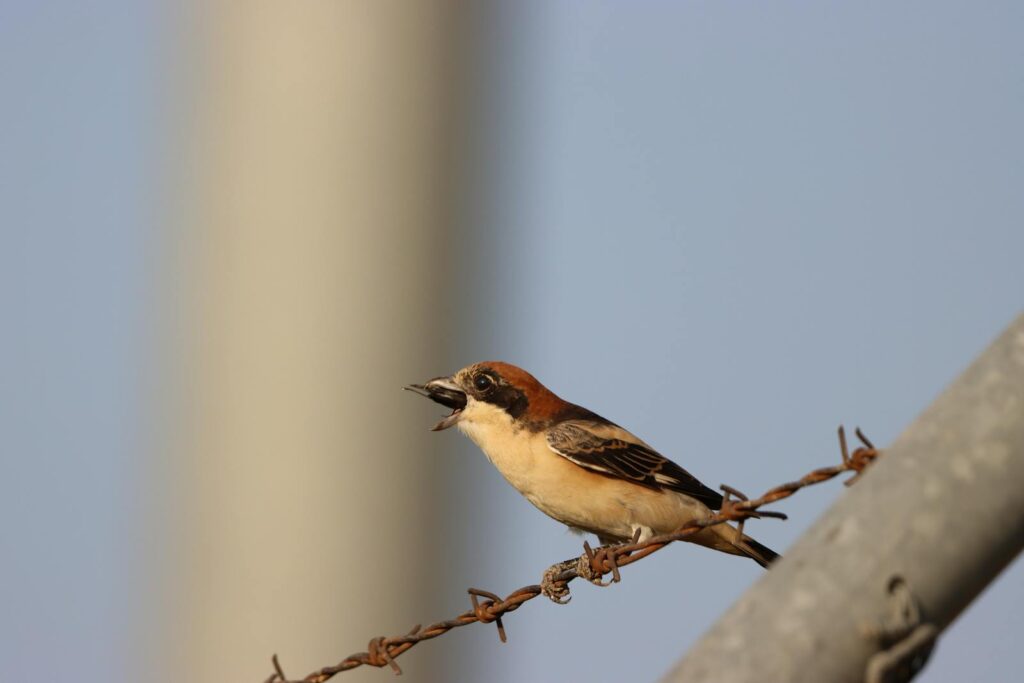
The presence or absence of avian predators creates dramatic and predictable alterations to the dawn chorus that attentive observers can use to enhance their bird-watching experiences. When raptors like hawks or owls are present in an area, certain songbird species notably delay their singing start times or reduce song duration and complexity as a predator-avoidance strategy. This “predator effect” creates noticeable gaps in the chorus that experienced birders recognize as potential indicators of raptor presence. Conversely, areas with lower predation pressure typically feature earlier singing start times and more extended singing bouts. Morning birders can leverage this knowledge by paying attention to sudden song interruptions or delayed starts from typically reliable singers, which might indicate an opportunity to observe hunting predators if one quietly investigates the silent zone. Some citizen science projects now document these chorus interruptions as valuable data points for tracking predator movements through different habitats.
The world of morning songbirds offers endless fascination beyond simply setting an early alarm. By understanding the complex interplay of timing, weather, location, and behavior, bird enthusiasts can transform casual observation into profound connection with avian rhythms. The next time you venture out to experience the dawn chorus, consider these hidden factors that influence when and how birds sing. Whether you’re braving the false dawn, positioning yourself at habitat edges, or timing your observations with the lunar cycle, these insights will enhance your ability to predict and experience nature’s most magnificent daily concert. Perhaps most importantly, they remind us that even the most familiar natural phenomena contain layers of complexity and beauty waiting to be discovered by those willing to look—and listen—more closely.
